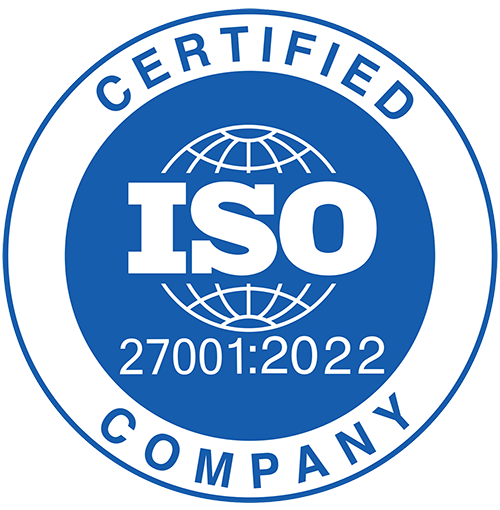

#BusinessContinuity
Business Continuity refers to the processes and procedures an organization implements to ensure that essential business functions can continue during and after an unexpected disruption or disaster. The aim of Business Continuity planning is to minimize the impact of a disruption on an organization’s operations, reputation, and financial stability. It involves identifying potential threats, developing strategies to address those threats, and implementing plans to maintain critical functions and services in the event of a crisis.
Acronis Cyber Protect Cloud is a comprehensive cybersecurity solution for managed service providers (MSPs) and businesses of all sizes. It combines advanced backup and disaster recovery, AI-based anti-malware and antivirus protection, endpoint management, vulnerability assessments, URL filtering, and patch management in a single unified solution. This integrated approach provides multiple layers of protection against cyber threats and helps organizations simplify and streamline their IT security management. Acronis Cyber Protect Cloud is a cloud-based solution that is easy to deploy and manage, and it supports a wide range of platforms and devices, including Windows, Mac, Linux, and mobile devices.
Advanced packs:
Enhance your security services with integrated cyber protection that includes full-stack anti-malware. Increase your detection rate and responsiveness to the latest cyberthreats. Extend cyber protection to web browsing, backed-up data, the recovery process, and exploit prevention. Enable investigations by capturing forensic data in backups.

What is EDR?
Endpoint Detection and Response is an extension to Advanced Security. It offers enhanced detection and incident response capabilities.
EDR detects suspicious activities on workloads and generates incidents with information on how the threat penetrated, what harm it did and how it hid its traces.
EDR also provides response actions to address the damage caused by the incident.

Acronis EDR (Endpoint Detection and Response) is a powerful cybersecurity solution that offers numerous benefits to businesses of all sizes.
Here are some of the key benefits of Acronis EDR:


Εγγραφείτε στην επικοινωνία της
i-metrix για να μαθαίνετε πρώτοι τις προσφορές και τα νέα μας.
E-mail: info@i-metrix.gr
T: +30 210.300 2050
Ad: 20-22 Tzortz st. | Athens | GR